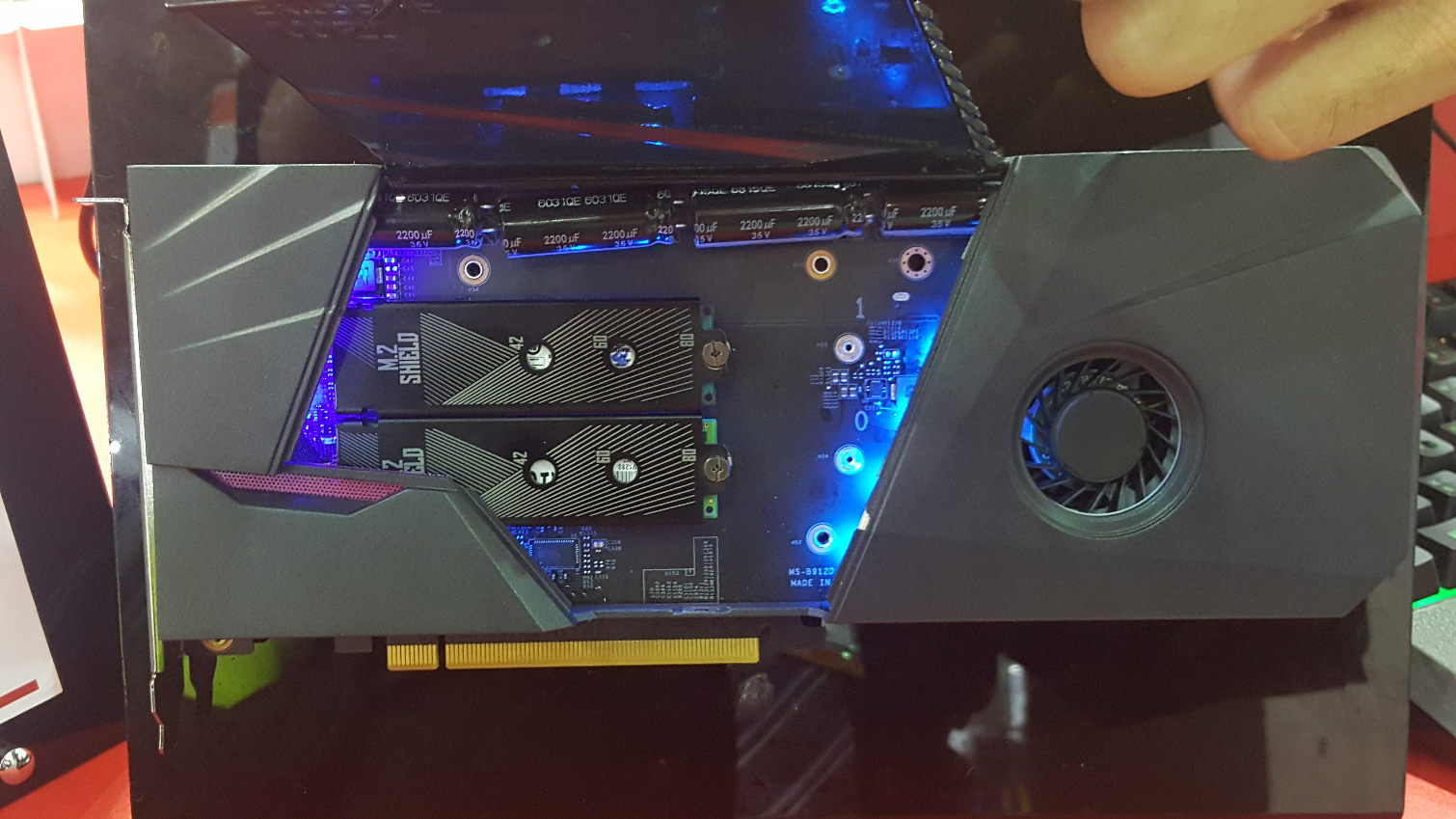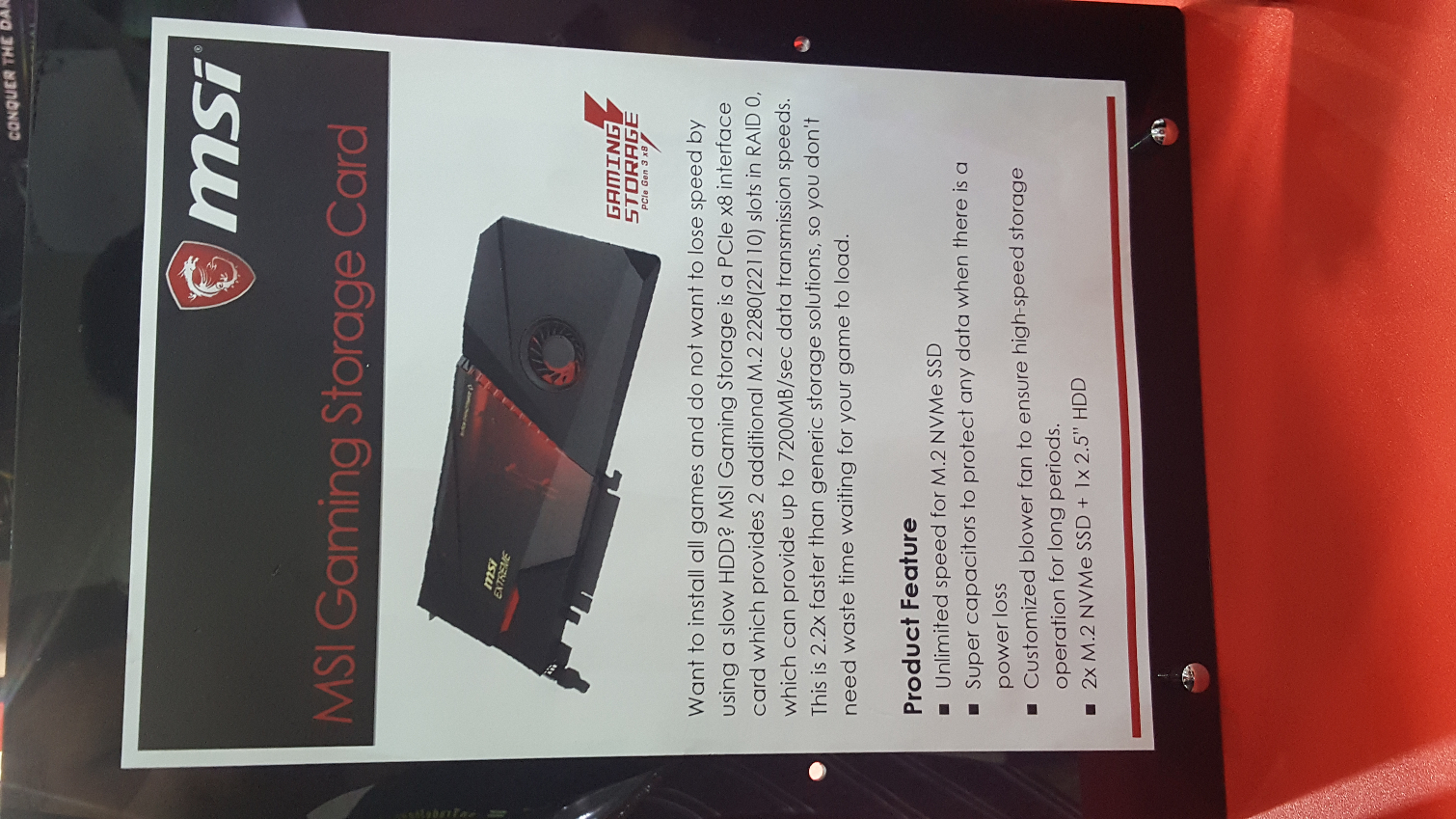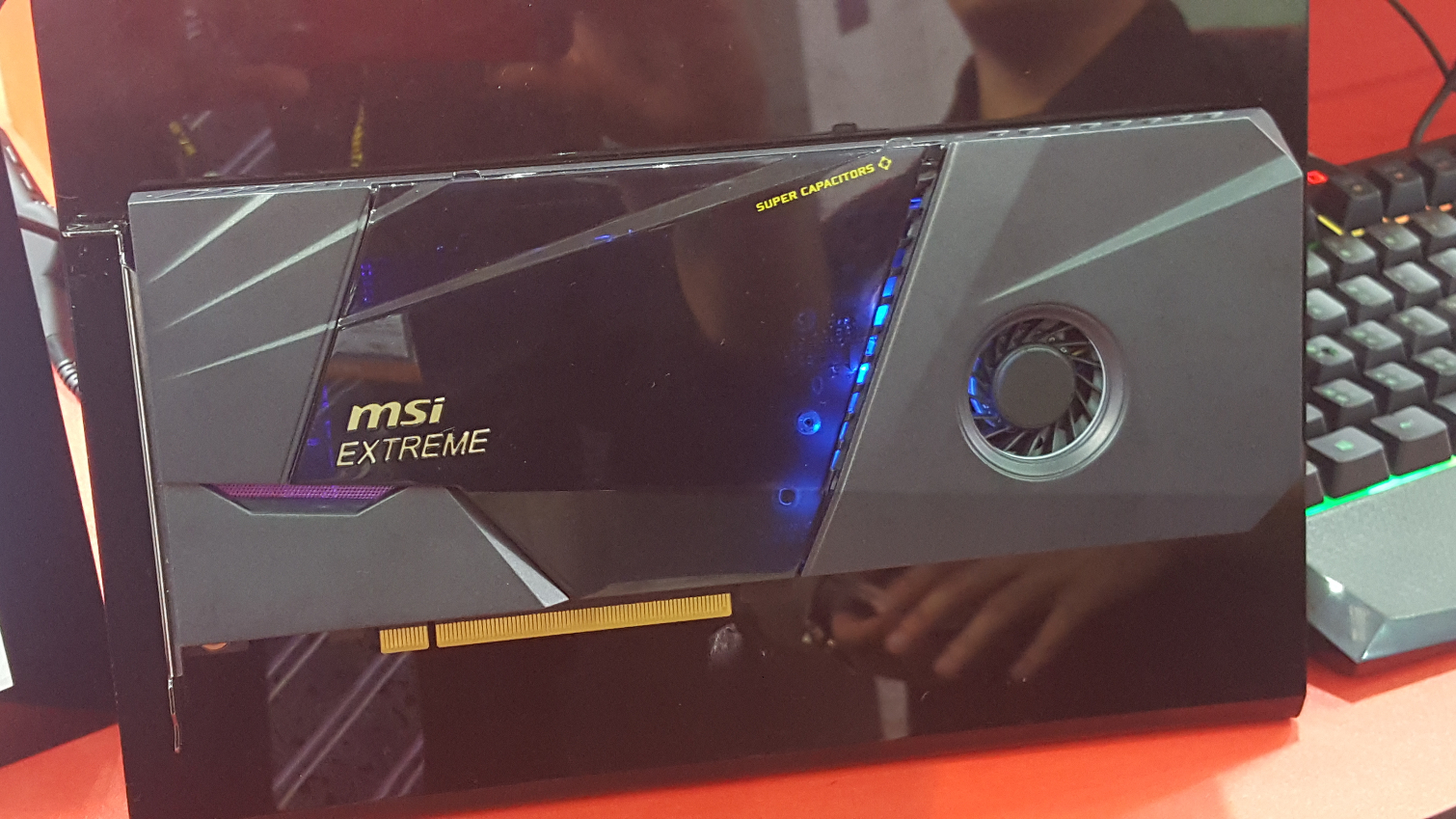HDD Hybrid Array Taken To The MSI Extreme
Intel opened the door again for hybrid cache arrays by releasing Optane Memory. The topic seems to pop back up every five years, but it has never been this exciting, or speedy. Advances in switching and software technology lead the way for the new capabilities, but you have to sprinkle in a dash of market panic as NAND flash prices soared to fully understand why cache is in the news once again.
Like SLC NAND before it, MLC is being replaced by an inferior technology that is slower but increases capacity sizes for devices and reduces costs. TLC manufacturing already outpaces MLC in the multi-billion Dollar fabs and from this point forward the divide will only increase. History tells us the last gasp of life for 2-bit per cell MLC will come in the form of small capacity products optimized for random read performance. Unlike the SLC cache SSDs that flooded the market five years ago, MLC has competition from 3D Xpoint memory that delivers superior performance at low queue depths. MLC has a pricing advantage over 3D Xpoint but as the bit output decreases the prices shoot up due to lower supply.
MSI surprised us at Computex with a new all-in-one storage device that holds two NVMe SSDs up to 110mm in length and a 2.5" HDD. The storage system highlights the need for low-cost moving media required to hold gamers' large data volumes while also emphasizing low latency and high throughput performance.



MSI tells us to expect up to 7,200 MBps from the dual NVMe SSD array that runs in RAID 0. Using large capacity NVMe SSDs will cache a lot of data, so only very cold data will come to the host system directly from the spinning disk. To ensure data protection, the card features an array of super capacitors that preserve data in flight in the event of a host power fail condition.
The NVMe SSDs should benefit from increased airflow from the custom blower style fan used to tame thermal throttling.
MSI tells us the card will ship in MSI branded desktop systems. The company doesn't have plans to release the card as a standalone product. Hopefully our (and your) excitement will urge them to rethink that strategy. We were told not to expect this anytime soon, though, because the card on display is only a prototype. The lead time could be as long as one year away, according to the product manager with whom we spoke.
Tell us what you think about using advanced high-speed cache devices. Do you see this as a worthy replacement for TLC-based SSDs?
Get Tom's Hardware's best news and in-depth reviews, straight to your inbox.

Chris Ramseyer was a senior contributing editor for Tom's Hardware. He tested and reviewed consumer storage.
-
iPanda how about a compromise... combo it with purchase of an msi product. then open the flood gates later.Reply -
Steve_104 As I doubt I would take hard drive caching seriously, now or in the future, we should let the olde dog pass on. It has been a good loyal companion, but there comes a time when we are nursing it along for our own sake and not because it is still its time.Reply
The question that comes to my mind would be could I use a pair of 2TB Samsung 960 Pro SSD's (or less capacity but why not shoot for the moon) (or 1TB 600p drives for the most price conscious among us) with this and skip the hard drive?
Would seem to me to be a safer and more thermally sound solution than the motherboard m.2 slots for similar use, with the capacitors and cooling fan.
Maybe with the space savings from ditching the HDD have four good cooled m.2 slots with backup capacitors?
Those options coming to market are far more attractive from my point of view. -
msroadkill612 As u say, a new twist on an old theme, Very shy on detail, meh.Reply
I guess its 8 lane - must be if up to 7GBps, which seems optimistic vs other raid ssd benchmarks.
But yeah, fascinating and potentially useful in niche tasks.
this el cheapo 4 pot sata card (marvell chip?),
https://www.amazon.com/Vantec-4-Channel-HyperDuo-Technology-UGT-ST644R/product-reviews/B00EA0WMOS/ref=cm_cr_arp_d_vote_lft?ie=UTF8&voteInstanceId=R3S9XSOC22SZ4T&voteValue=1&csrfT=gMy8QnVk8BJ7WySk2CMXh1pnbmtcW8MwMuxGEtMAAAAJAAAAAFktrSxyYXcAAAAA&
has a similar Hyperduo feature.
I have one, and some superseded sata ssd & HD drives, & may play with it for fun.
2 combos that appeal are:
a raid 0 pair of sata ssds as a ~1GBps maybe read and write temp files drive
and also, an ssd, similarly to MSI, caching a raid 0 pair of HDDs also on the card. Its the best of both worlds. ~0 access times on popular and small files, automatically resident on ssd, yet get passable 300MBps sequential from the raid 0 HDDs for bigger files. There seems something zen about both elements being similar speed once HDD raid is reading data sequentially. Raid0 also allows decent partition sizes by doubling capacity. -
Nintendork Games barely benefit from raw bandwidth of pcie ssd's, 4k random reads are barely higher in nvme pci-e vs sata. Games also don't benefit from raid0 which is also useless in SSD's in general unless you use it to just watch synthetic benchmarks.Reply
A 1TB TLC Crucial MX300 will offer exactly the same performance for less if you don't want the noise of an HDD and having an external 6TB 5400rpm over usb 3.1 for storage. -
Nintendork @STEVE_104Reply
Unless you work editing really high res video 4k 60fps or with huge images, you will see no difference on sata vs pci-e 4x nvme ssd, just cute numbers on crystalmark but nothing else in real use.
My combo:
1TB Crucial MX300 (OS, my manga collections for fast thumbnails, some games)
3x6TB WD Blue (video, music, non open world games) -
Steve_104 @NintendorkReply
Well I don't edit 4k video, but I do edit 720p and 1080p in Di Vinci Resolve.
I currently use a Samsung 960 Pro, that is noticeably faster than the 850 Pro it replaced. It is also noticeably faster than the Intel 600p in my secondary machine, which is also faster than my old 850 Pro that I keep around as a scratch drive now.
Not sure where the concept of see "no difference" comes from, everything loads faster from boot time, to games, to just launching Resolve. I am certainly closing on diminishing returns, but no difference is a massive stretch.
Something that saves me time getting a machine booted up and to work is worth money to me.
